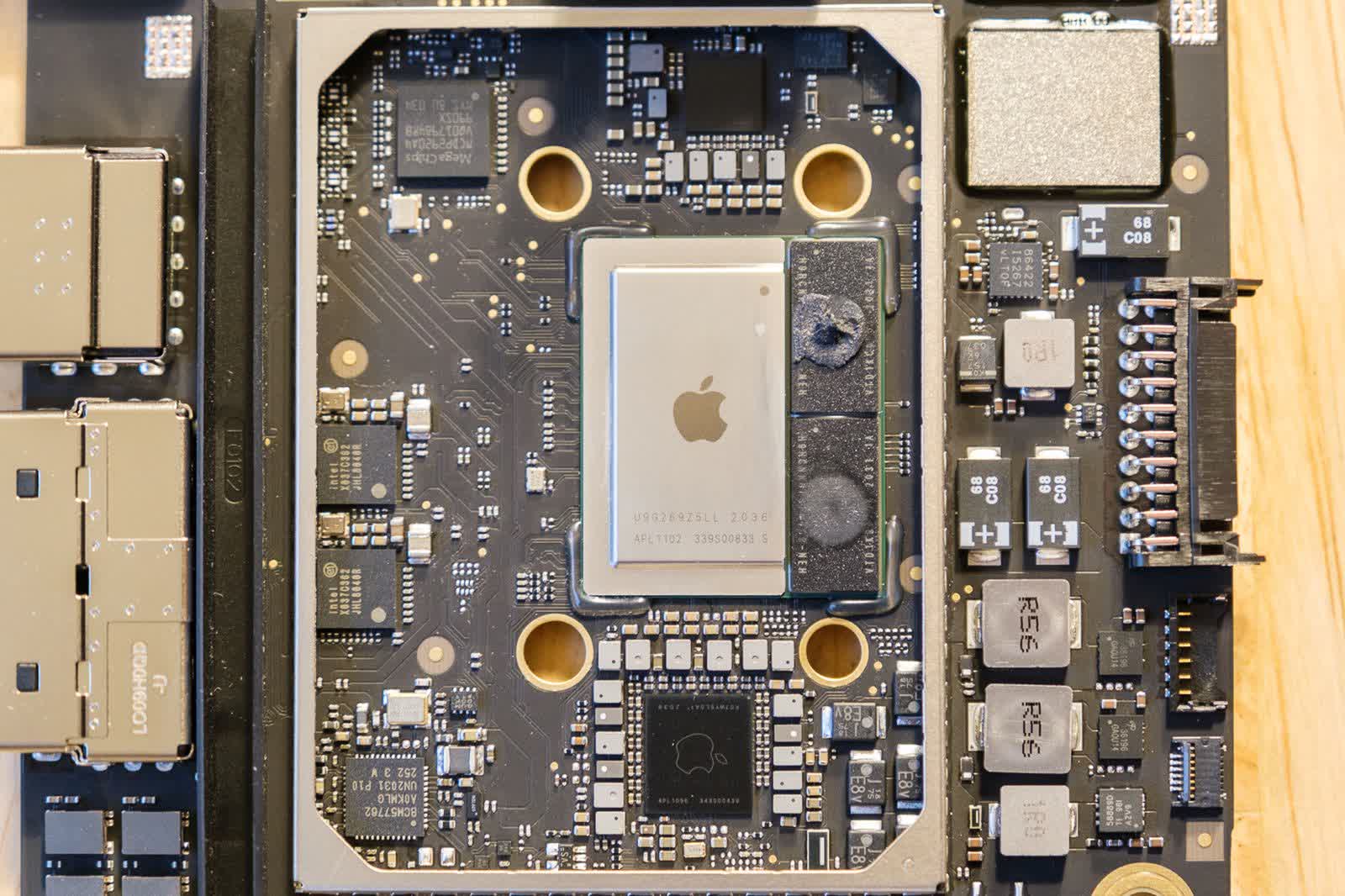
- MAC PRO POWER SUPPLY SPECS SERIAL NUMBER
- MAC PRO POWER SUPPLY SPECS SERIAL
- MAC PRO POWER SUPPLY SPECS CODE
- MAC PRO POWER SUPPLY SPECS MAC
MAC PRO POWER SUPPLY SPECS MAC
The Mac controls the status light in the Magsafe connector by sending commands through the adapter sense pin to the 1-Wire DS2413 switch IC to turn the two pairs of LEDs on or off.
MAC PRO POWER SUPPLY SPECS SERIAL
The top line indicates the components of the code: CRC check, customer id, wattage, revision, serial number, and family.
MAC PRO POWER SUPPLY SPECS CODE
Touching the wires to the contacts of the Magsafe connector displays the ID code on the bottom line of the display. Thus, much of the AC charger information presented by the Mac is actually low-level information about the 1-Wire chip.Ī 1-Wire ID reader with LCD display. The Family code BA is the 1-Wire family code for the DS2413 chip. The wattage and revision are in the 12 bits of customer data (hex 3C is 60 decimal, indicating 60 watts). The ID field 100 is the customer ID indicating Apple. With this information, the Mac's AC charger information now makes sense and the diagram below shows how the 64-bit ID maps onto the charger information.
MAC PRO POWER SUPPLY SPECS SERIAL NUMBER
Companies (such as Apple) can customize the ID numbers: the top 12 bits of the serial number are used as a customer ID, the next 12 bits are data specified by the customer, and the remaining 24 bits are the serial number. In the 1-Wire standard, the 64-bit ID consists of an 8-bit family code identifying the type of 1-Wire device, a 48-bit unique serial number, and an 8-bit non-cryptographic CRC checksum that verifies the ID number is correct. The wattage and serial number make sense, but what about the ID, Revision, and Family? It turns out that these are part of the 1-Wire protocol used by the chip inside the connector.Įvery chip in the 1-Wire family has a unique 64-bit ID that is individually laser-programmed into the chip. You can easily pull up the charger information on a Mac (Go to "About this Mac", "More Info.", "System Report.", "Power"), but much of the information is puzzling. The 1-Wire system is convenient here since the Mac can communicate with the Magsafe through the single adapter sense pin. The chip uses the 1-Wire protocol, which is a clever system for connecting low-speed devices through a single wire (plus ground). It also provides the ID value to the Mac indicating the charger specifications and serial number. It switches the status LEDs on and off (that's the "dual channel switch" part). The tiny chip on the left is a DS2413 1-Wire Dual Channel Addressable Switch. Two identical LEDs are on the other side.


In the middle are two LEDs, orange/red and green. The circuit board inside the Magsafe connector is very small, as you can see below. The block of metal on the left is not magnetized, but is attracted by the strong magnet in the Mac's connector. The plastic pieces hold the pins in place. There is no data communication via the adapter sense pin with the charger unit itself.ĭisassembling the connector shows the spring-loaded " Pogo pins" that form the physical connection to the Mac. Only two wires - power and ground - go to the charger unit. The charger wires are soldered onto the back of this board. Removing the outer plastic shell reveals a block of soft waxy plastic, maybe polyethylene, that helps diffuse the light from the LEDs and protects the circuit underneath.Ĭutting through the soft plastic block reveals a circuit board, protected by a thin clear plastic coating.

Also note that the middle adapter sense pin is much smaller than the pins, unlike the Magsafe 2.

The connector below is an older Magsafe notice the slightly different shape compared to the Magsafe 2 above. I had a Magsafe cable that malfunctioned, burning the power pins as you can see in the photo below, so I figured I'd tear it down and see what's inside. The pins are arranged symmetrically, so the connector can be plugged in either way.


 0 kommentar(er)
0 kommentar(er)
